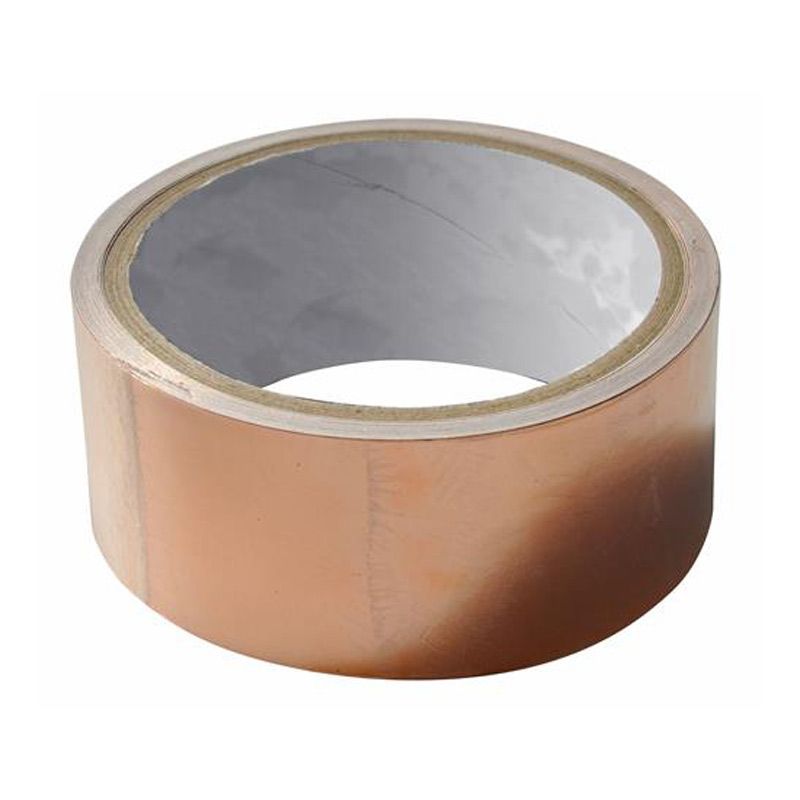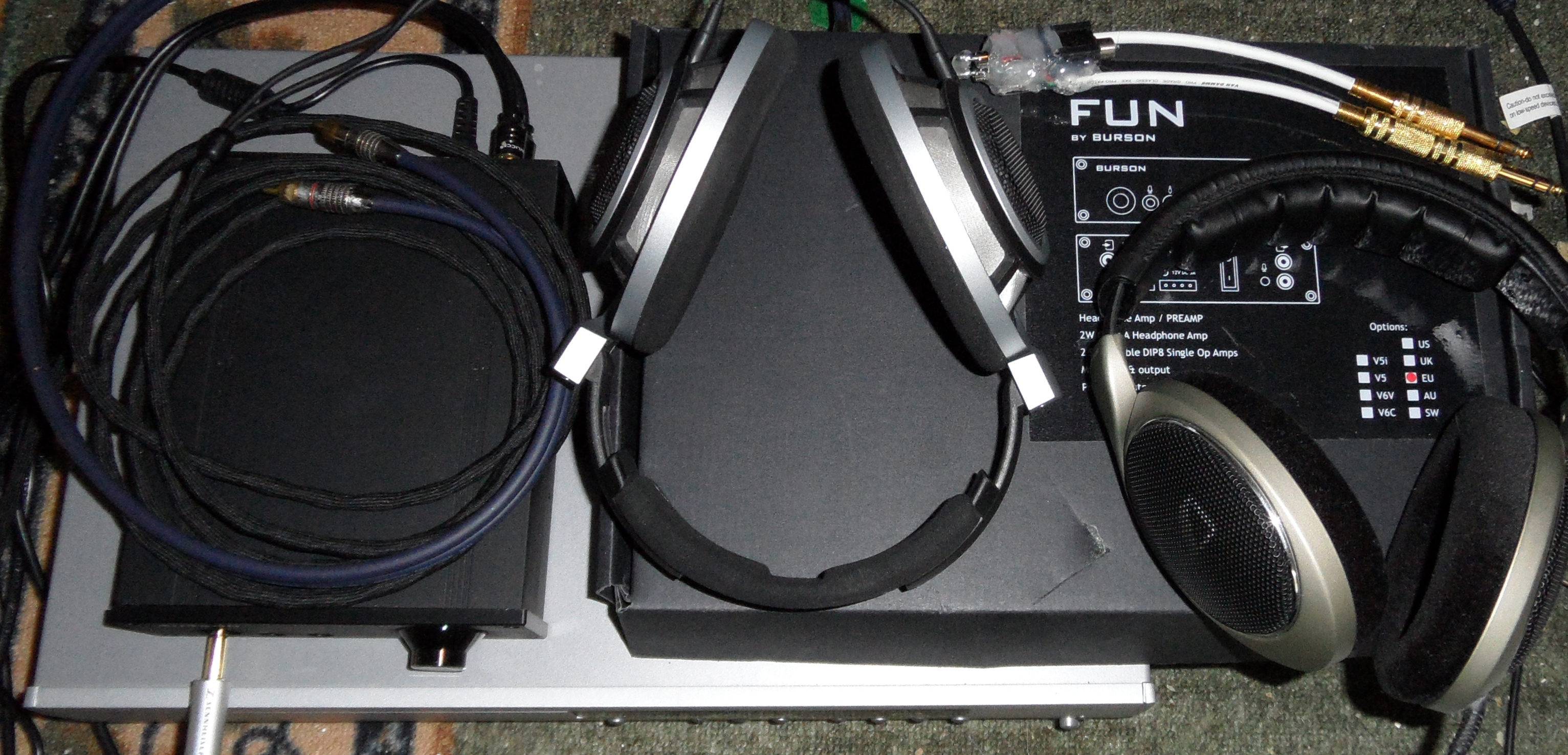UOTE="raoultrifan, post: 15003930, member: 386058"]Interesting mods indeed, thanks for sharing, but the 1.5uF DC-blocking caps are a bit too small and I anticipate a bit of freq. roll-off below 40Hz I really think something between 2.2-4.7uF will better suit this headamp, but given the extreme pricing on these caps I would definitely replace them with a DC-servo (few bucks for opamp and surrounding components) or, if the output DC is very low (less than 1mV) just use a wire. Of course, a headphones protection circuit might be added (10-20 bucks for both channels). Basically, when speaking about audio path: best cap is no cap.

[/QUOTE]
Ok, thank´s for your suggestion! How can I find schematic for DC-servo and what advantages will it have to blocking caps and are there any negative aspects also?
About the cap value for DC-blocking, the standard BCL and LBC only has 1,5uF while cheap china clones has 1,8uF. And for one LBC-amp, I only used 1uF that I will admit may be a bit on the low side, but however the bass are quite nice.
A few days ago, I also did a comparison for JRC NE5534, Burson V6 Vivid and also did a quick comparison to the Classic and a SparkoS SS3602 installed in my Burson Fun headphone amp, every A/B-test were done with the DIY stereo switch for instantly swapping between the simultaneously powered amps and compairing with my own DIY assembled LBC amp with a V6 Vivid and Sparko discrete voltage regulators SS7815 and SS1117-15, that will replace the original LM317 and LM337. Those discrete voltage regs will give the amp a steady and clean power voltage with very low noise and a black background.
Before the test, every OpAmp were burned in with pink/white noise and sinus waves for several hours. The test were again made with my Sennheiser HD 800 connected with the DIY A/B-switch to both amps simultaneously powered and listening to some CD´s, for example Ani DiFranco and Laura Pausini from 2006 - playing in my Arcam CD192 CD-player. Here are my conclusion:
As I already stated, the standard
NE5534 are dull sounding some treble roll off and not as clear and open as all the other OpAmps. It´s not bad, but more in the same range as the OPA2134.
The difference between Burson
V6 Vivid and
Classic were the smallest between all tested and not as big as many people stated, that the Vivid should be more open with a bigger sound stage and the Classic should be warmer and closer. But their sound are in a totally other league, definitely a wider sound stage and more details.
The
SS3602 had more treble than the all the other.
And when I compaired both amps with V6 Vivid for both, the DIY amp had a more open sound with a wider sound stage. But have in mind that I have paid a bit more for the
DIY amp in component cost than the
Burson Fun, that will cost $399 with V6´s. I think one of the biggest improvement for the DIY are the Dale 24 step volume attenuator, while the Fun has an Alp RK27 "Blue Velvet", found in mostly every well known amp in the market. One more thing I noticed, was the raw power for the Fun, as the volume knob were at bearly 9´clock, while the DIY were at almost 12´clock, when calibrated equally with noise. This amp is definitely a winner for it´s retail price, and combined with the V6 it´s remarkable good!
Beside for the Fun amp, I´ve used the V6 Vivid in a AK4490 DAC, also with amazingly good result, altough without the shell:
My DIY amp were connected to the CD-player with a Van Damme Twin Interconnect, while I choosed the original bundle Pailiccs for the Fun. I also tried the Fun with a thick high grade silver plated OFC Interconnect, without any noticeable improvements. Therefore, I will praise the bundle Pailiccs quite high, altough I soldered the cables screen to the connectors for best connection. Have in mind that most other equipments bundle cables are of a very low quality that should be avoided to use for HiFi!
My verdict are that the Burson Fun have a very affordable price, compared to most other amps (for example; the Grado RA1 have a price, while having a very simple schematic, base on the Pimeta that can be done as a coffe break DIY-project), and will give a sound that will satisfy most people, and beat most of it´s competitors - especially if you choose a discrete OpAmp, regardless model. I´m aware there are at least one more discrete in the market; the
NewClassD (confusingly working in Class A) - that are priced a bit higher than the Sparko, while the Burson models are the cheapest. While I hav´nt heard the NewClassD, I do not think it´s much better and I guess it will play in the same league with thos I´ve tested.
Finally, I really want to thank Charles at Burson and Andrew at SparkoS, as they equipped me with those discretes and made this test possible!
)

































